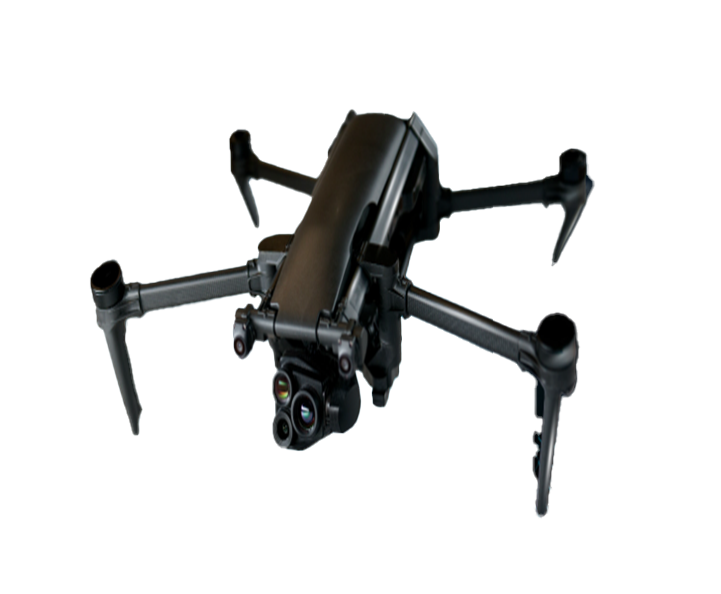Phone:
(701)814-6992
Physical address:
6296 Donnelly Plaza
Ratkeville, Bahamas.

UAVs: Catalysts for Global Sustainable Development
In an era marked by the urgent need for sustainable development, Unmanned Aerial Vehicles (UAVs) are emerging as powerful catalysts for positive change. These versatile aerial machines are not only revolutionizing traditional industries but also playing a crucial role in addressing some of the most pressing environmental and social challenges of our time.
One of the most significant contributions of UAVs to sustainable development lies in environmental conservation. In vast and remote ecosystems, UAVs equipped with high – resolution cameras and multispectral sensors are used to monitor wildlife populations. For example, in the Amazon rainforest, drones are deployed to track the movement of endangered species, such as jaguars and sloths. By gathering data on their habitats, migration patterns, and population sizes, conservationists can develop more effective strategies to protect these precious creatures and their ecosystems. UAVs also help in detecting illegal activities like poaching and deforestation. Thermal imaging cameras mounted on drones can easily spot the heat signatures of poachers and illegal loggers, enabling authorities to take swift action and deter these harmful practices.
UAVs are also making a significant impact in the management of natural resources. In the energy sector, they are used for the inspection of renewable energy infrastructure. Wind turbines, for instance, can be inspected by drones more efficiently and safely compared to traditional methods that often require human technicians to climb to great heights. Drones equipped with cameras and LiDAR sensors can detect signs of wear and tear, structural damage, or performance issues in wind turbines, ensuring they operate at maximum efficiency and reducing downtime. Similarly, in the solar energy industry, UAVs can be used to monitor large solar farms, identifying panels that may be malfunctioning or covered by debris, allowing for timely maintenance and optimization of energy production.
In agriculture, UAVs are promoting sustainable farming practices. Through precision agriculture, drones equipped with multispectral and thermal sensors can analyze crop health at a granular level. They can detect early signs of nutrient deficiencies, pest infestations, or water stress in plants. This data – driven approach enables farmers to apply fertilizers, pesticides, and water only where and when needed, reducing overuse of these resources. As a result, not only does it cut down on production costs for farmers, but it also minimizes the environmental impact associated with excessive chemical use and water wastage, contributing to soil and water conservation.
Disaster management is another area where UAVs are proving invaluable for sustainable development. After natural disasters such as floods, earthquakes, or wildfires, drones can quickly assess the extent of damage. They can provide real – time aerial imagery of affected areas, helping emergency responders to plan rescue operations, allocate resources effectively, and identify areas that require immediate attention. By speeding up the response and recovery process, UAVs help communities get back on their feet faster, reducing the long – term social and economic impacts of disasters, which is a key aspect of sustainable development.
However, the widespread use of UAVs in sustainable development also faces several challenges. One of the main hurdles is the limited flight time of most UAVs due to battery constraints. In applications that require extensive coverage of large areas, such as monitoring a vast forest or a large – scale solar farm, the need to frequently recharge or change batteries can be a significant limitation. Additionally, the cost of UAVs and related equipment, along with the training required to operate them effectively, can be a barrier for some organizations and communities, especially in developing regions.
Another challenge is the lack of standardized data collection and analysis methods. Different UAVs may collect data in various formats, and there is currently no unified approach to analyzing this data. This makes it difficult to compare results across different projects and regions, hindering the ability to draw meaningful conclusions and develop consistent strategies for sustainable development.
Looking ahead, the potential of UAVs in driving sustainable development is immense. Advancements in battery technology, such as the development of longer – lasting and more energy – efficient batteries, will extend the operational range of UAVs, enabling them to cover larger areas and perform more complex tasks. The integration of artificial intelligence and machine learning algorithms will enhance the data – processing capabilities of UAVs, allowing for more accurate and automated analysis of the data collected. This will not only save time and resources but also improve the quality of decision – making in sustainable development initiatives.
In conclusion, UAVs have the potential to be powerful allies in the global pursuit of sustainable development. While challenges remain, with continued research, innovation, and collaboration, these aerial marvels can play an even more significant role in protecting the environment, managing resources efficiently, and building more resilient communities for a sustainable future.